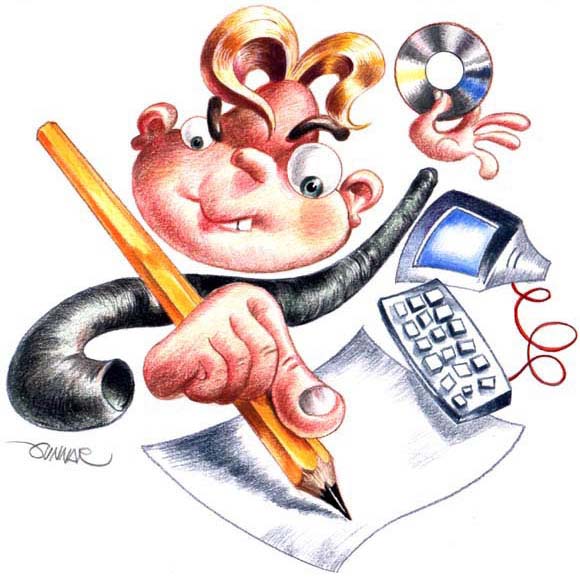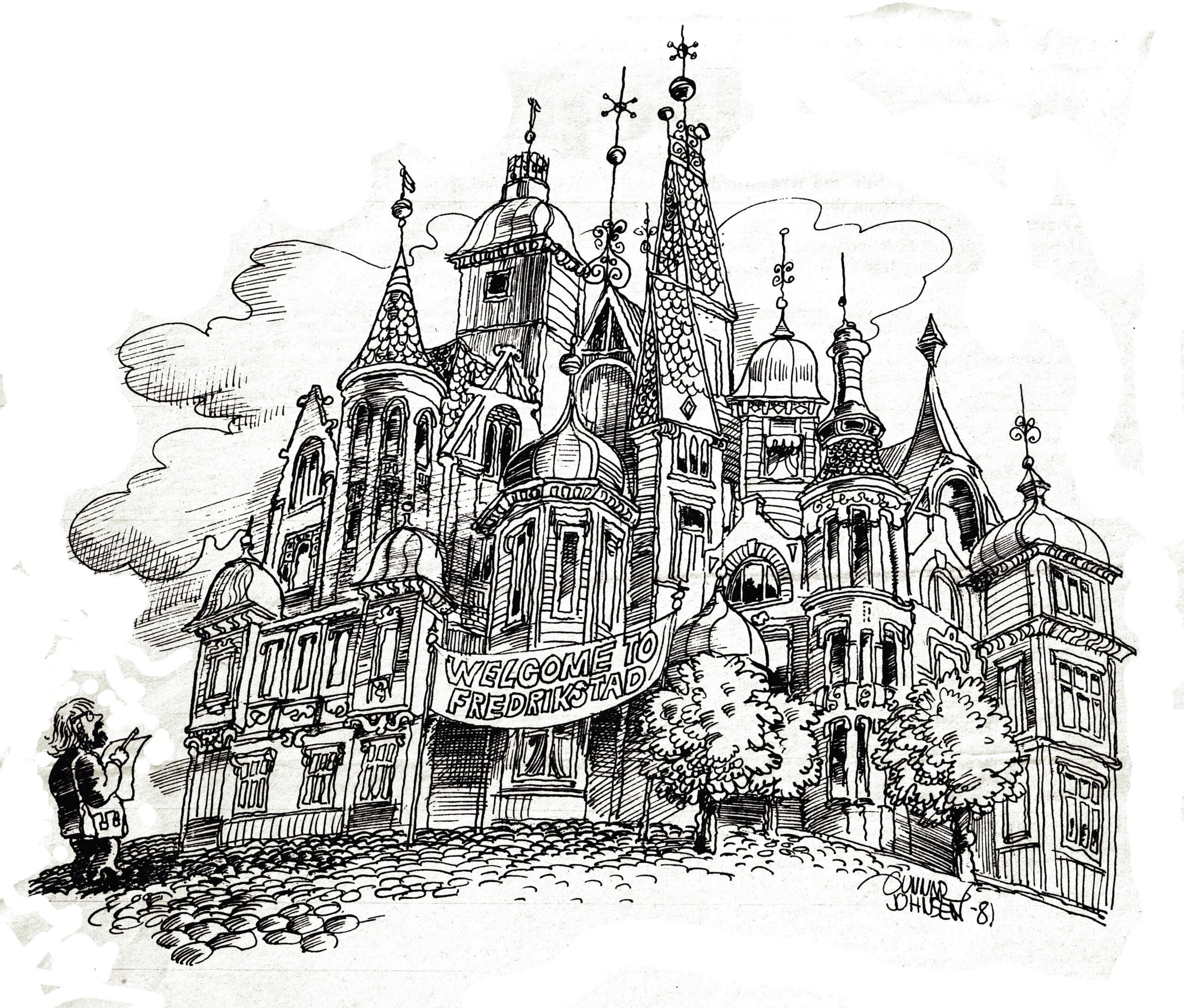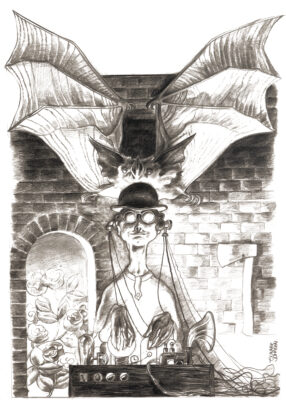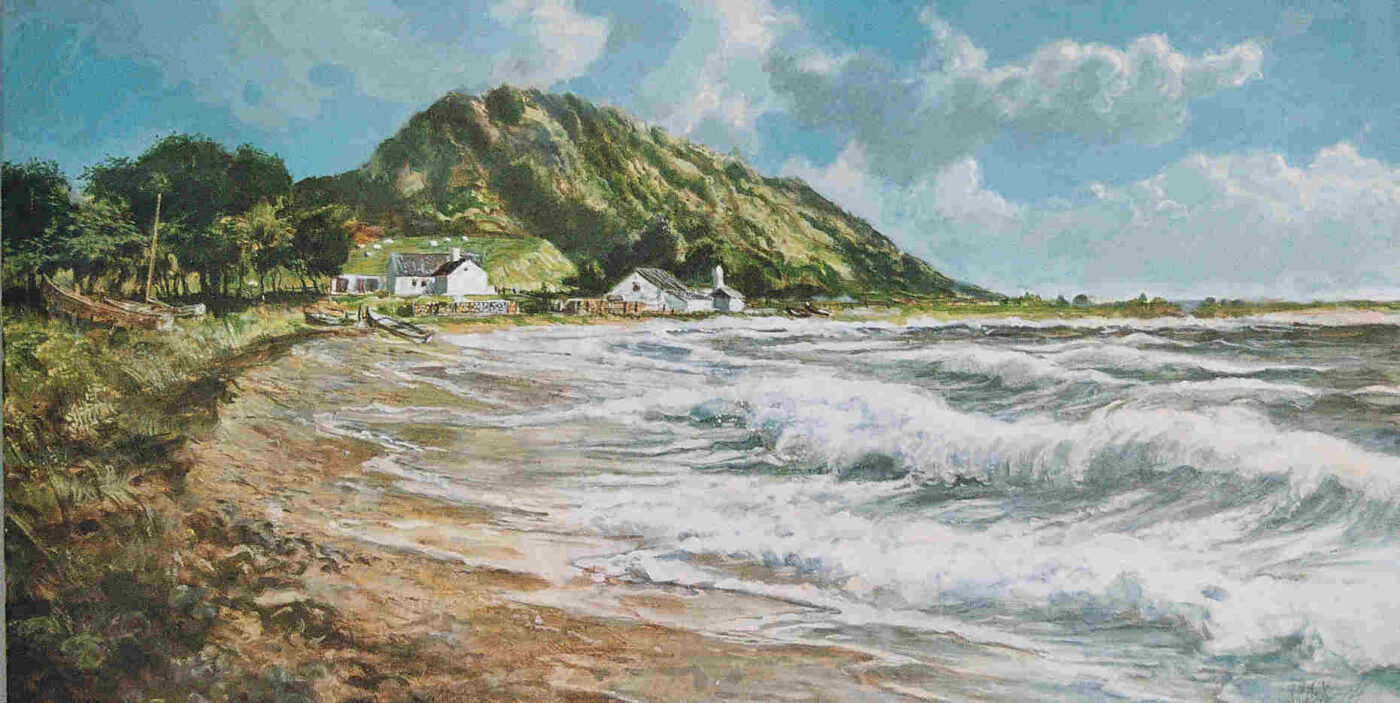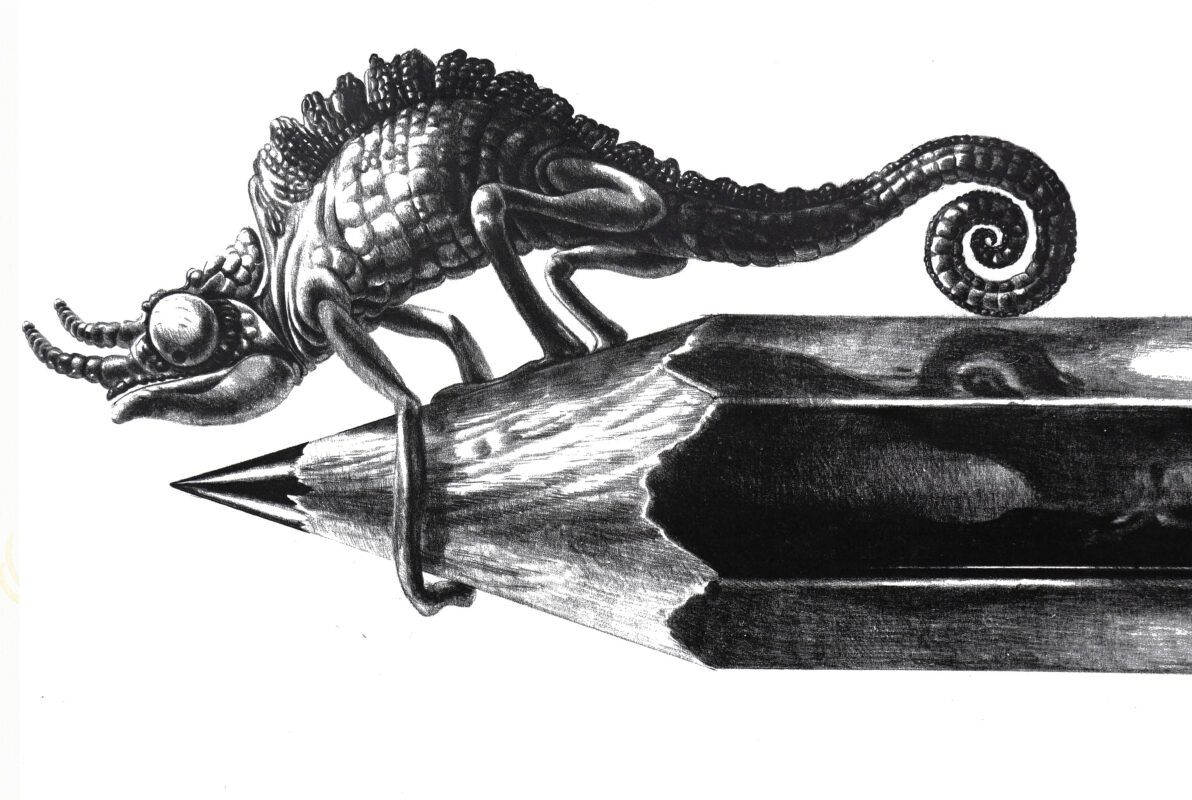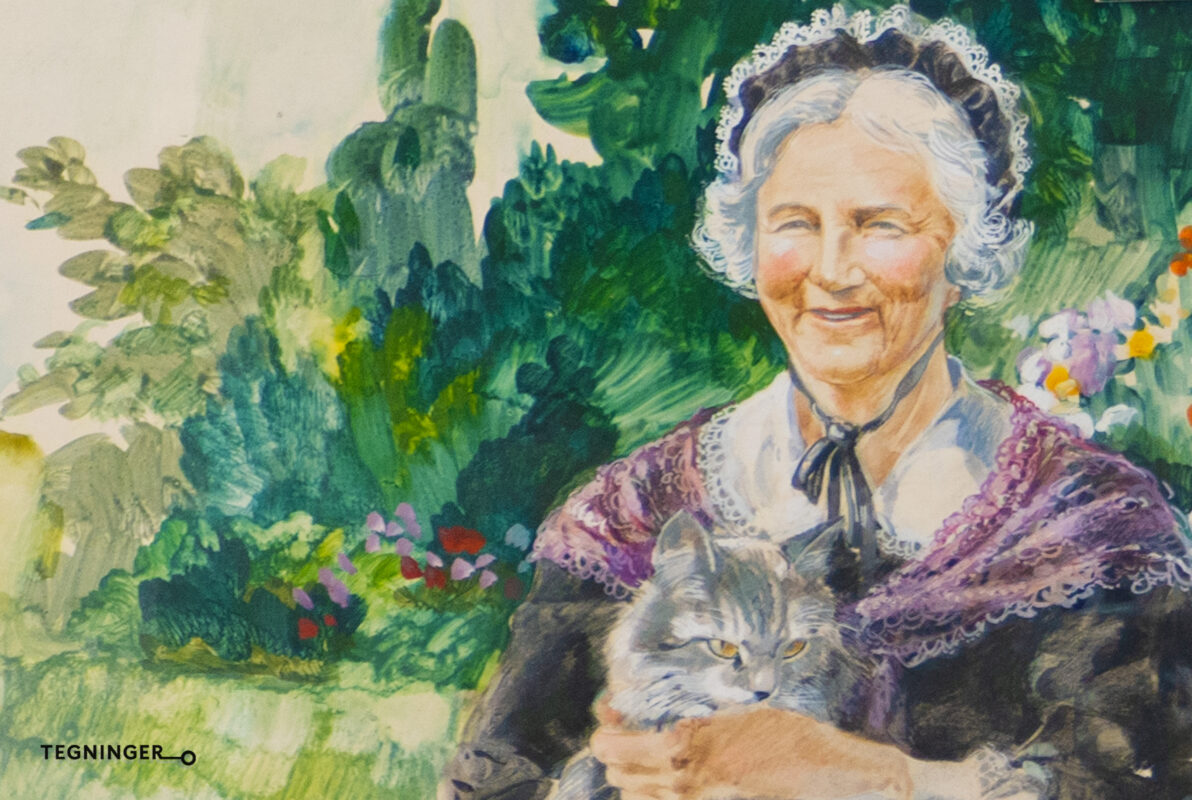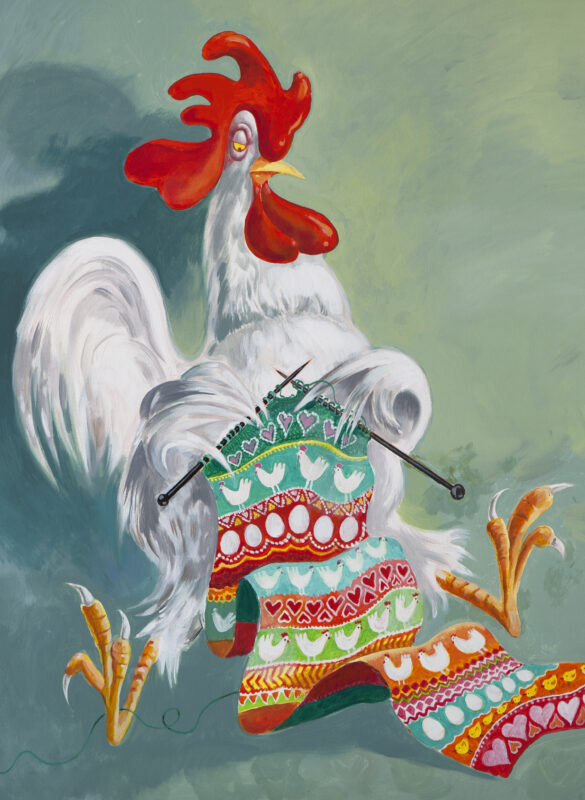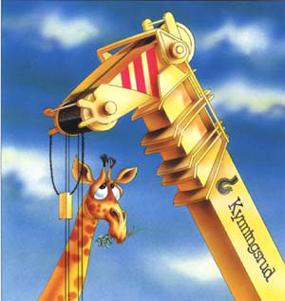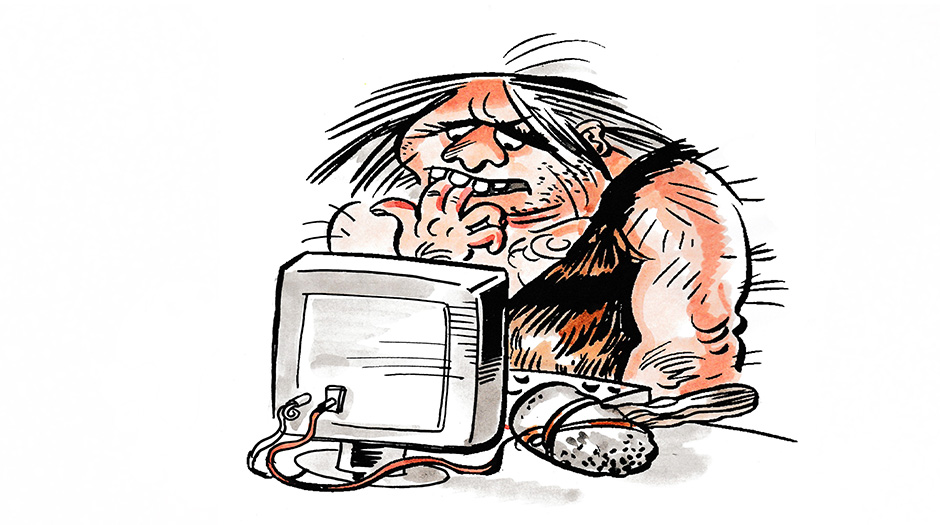Blogg
Illustrasjonens historie: Fra hulemalerier til digitale tegnebrett
Illustrasjonens historie: Fra hulemalerier til digitale tegnebrett
Illustrasjon har vært en del av menneskets visuelle kommunikasjon siden de aller første kunstneriske uttrykkene. Gjennom tidene har teknikker, materialer og formål utviklet seg i takt med samfunnets behov og teknologiens fremskritt. I denne artikkelen skal vi utforske illustrasjonens fascinerende historie, fra de primitive hulemaleriene til dagens digitale verktøy. Vi vil også se nærmere på ulike typer illustrasjonsteknikker og deres unike egenskaper.
Fra hulevegger til manuskripter
De første kjente illustrasjonene finner vi i form av hulemalerier, som dateres tilbake til steinalderen for rundt 40 000 år siden. Disse tidlige kunstverkene, som finnes i huler som Lascaux i Frankrike og Altamira i Spania, viser dyr og scener fra dagliglivet. Hulemaleriene ble laget ved bruk av naturlige pigmenter som kull, leire og oker, og de hadde sannsynligvis både rituelle og kommunikative formål.
I antikken utviklet illustrasjon seg videre gjennom egyptiske hieroglyfer, greske keramikkmalerier og romerske mosaikker. Senere, i middelalderen, spilte illustrasjoner en sentral rolle i utsmykkingen av håndskrevne manuskripter. Her ble blyant og pensel brukt sammen med gullblad og fargerike pigmenter for å skape detaljerte miniatyrmalerier og initialer.
Renessanse og trykkekunst
Renessansen brakte med seg en ny æra for illustrasjon, der kunstnere som Leonardo da Vinci og Albrecht Dürer utforsket anatomi, perspektiv og naturstudier. Med oppfinnelsen av trykkekunsten på 1400-tallet ble det også mulig å reprodusere illustrasjoner i større skala. Tresnitt, kobberstikk og senere litografi ble populære teknikker for å lage grafiske trykk som kunne distribueres bredt.
Illustrasjon i moderne tid
På 1800- og 1900-tallet ble illustrasjon en integrert del av aviser, bøker, reklame og plakater. Kunstnere som Toulouse-Lautrec og Norman Rockwell bidro til å definere illustrasjonens plass i populærkulturen. Samtidig utviklet nye materialer som seg til å bli viktige verktøy for illustratører.
Digital revolusjon
I dag har digitale verktøy som iPad og tegnebrett revolusjonert illustrasjonsfeltet. Programmer som Adobe Photoshop, Procreate og Illustrator gir kunstnere uendelige muligheter til å eksperimentere med farger, teksturer og komposisjoner. Selv om tradisjonelle teknikker fortsatt står sterkt, har digitale verktøy gjort det enklere å jobbe raskt, dele arbeidet globalt og tilpasse seg ulike medier.
Ulike typer illustrasjonsteknikker
Illustrasjon omfatter et bredt spekter av teknikker, hver med sine egne særtrekk:
Blyant: Blyanttegning er en grunnleggende teknikk som gir presis kontroll over linjer og skygger. Den brukes ofte til skissering og detaljerte studier.
Penn: Pennetegning gir skarpe, kontrastfylte linjer og passer godt til grafiske uttrykk.
Pensel: Penselteknikker kan variere fra tynne linjer til brede strøk, avhengig av børstens type og mediet som brukes.
Tusj: Tusj gir sterke kontraster og brukes ofte i kalligrafi og tegneserier.
Kull: Kull gir myke overganger og en dramatisk effekt, ofte brukt i portretter og landskap.
Fettstift: Fettstifter gir sterke farger og en oljemalingslignende tekstur.
Akvarell: Akvarellmaling skaper transparente lag med farger som kan kombineres for å lage delikate effekter.
En verden av muligheter
Illustrasjon er en kunstform som stadig utvikler seg, men dens grunnleggende funksjon å visualisere ideer, fortelle historier og kommunisere forblir den samme. Enten du foretrekker tradisjonelle teknikker eller moderne digitale verktøy, er mulighetene uendelige. Kanskje er det nettopp denne kombinasjonen av tidløshet og innovasjon som gjør illustrasjon så fascinerende.
